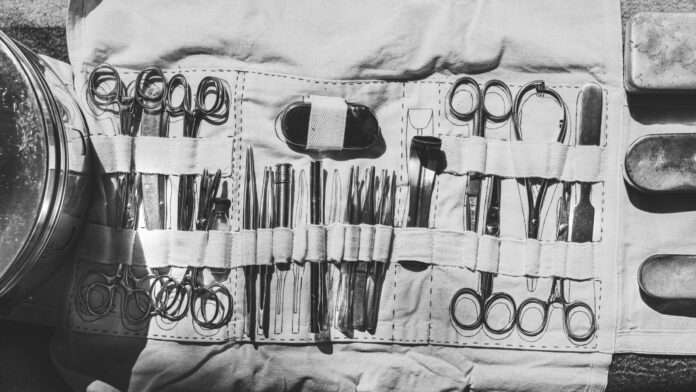The Ancient Blueprint of Surgery and Holistic Healing
Frontpage Journal | Culture & Knowledge Series
By Duminda Pathirana | July 2025
Long before hospitals became high-tech and doctors relied on machines more than hands, there was a physician who practiced medicine with profound depth, insight, and ethical clarity. His name was Sushruta, and his work, the Sushruta Samhita, stands as a timeless reminder of what it means to truly heal.
The Sushruta Samhita, written in Sanskrit between 1000 BCE and 500 BCE, is one of the oldest and most comprehensive medical treatises ever compiled. Attributed to Sushruta, a physician of the Dhanvantari school of Ayurveda, the text outlines a complete system of medicine. It encompasses surgery, anatomy, diagnostics, ethics, toxicology, and more, forming a foundation for Ayurveda, India’s traditional healing system.
But more than just a manual of treatments, the Sushruta Samhita is a philosophy of medicine. It encourages balance, compassion, patient-centered care, and continuous learning. At a time when most ancient civilizations feared cutting into the human body, Sushruta advocated for cadaver dissection, hands-on surgical training, and meticulous attention to detail.
Among its most astonishing contributions is the detailed method of rhinoplasty, or nasal reconstruction, using cheek or forehead skin to rebuild a nose. This wasn’t just a cosmetic fix. In ancient India, cutting off the nose was a punishment, and restoring it meant reclaiming a person’s dignity. Sushruta also performed cataract surgeries, cesarean sections, and even described early methods of brain surgery. He documented over 300 surgical procedures and 120 surgical instruments, many modeled on animals and birds for precision. The Samhita reads almost like a modern surgical textbook, yet it never forgets that behind every disease is a human being.
The Sharirasthana section covers anatomy, detailing more than 700 muscles, 300 bones, and numerous blood vessels and organs. It was observational, grounded in dissection and experience. Sushruta insisted students learn first by cutting into fruits, like watermelons or lotus stalks, before moving on to human tissues.
The Chikitsasthana goes beyond surgery. It explores how to manage chronic illnesses, prescribe herbal medicines, recommend lifestyle changes, and guide patients through prevention and long-term care. He didn’t separate the mind from the body or the body from the environment. He saw health as a state of dynamic balance.
The Kalpasthana explores poisons and toxins, from snakes to contaminated food, offering antidotes and emergency care. The Nidanasthana focuses on diagnosis through observation, pulse examination, urine and stool analysis, and questioning the patient, much like today’s personalized consultations. Perhaps the most enduring legacy of Sushruta lies in his ethics. He believed a healer should possess not only skill, but character. Humility, hygiene, discipline, and selflessness were just as important as anatomical knowledge. He cautioned physicians against greed and warned them not to operate unless they were confident and well-trained.
Medical students were required to take an oath, similar in spirit to the Hippocratic Oath in Greece. They were taught to see the patient as a whole person, not a set of symptoms, and to treat disease not in isolation but in its social, physical, and emotional context.Around the 8th century, the Sushruta Samhita was translated into Arabic as “Kitab Shah Shun al-Hindi”, which became part of Islamic medical literature and later influenced European surgery during the medieval period.
Today, Ayurveda students across the world still study this text, and integrative medical schools in Europe and North America are revisiting its relevance. As personalized, preventive, and lifestyle-based care gains popularity, Sushruta’s work is finding new life.In a world driven by pharmaceuticals and digital diagnostics, the Sushruta Samhita calls for a return to balance. It reminds us that healing begins with listening, observation, ethical responsibility, and care. That surgery is an art, and that true health means more than the absence of illness.
As we march forward into an era of biotechnology and artificial intelligence, the teachings of this ancient healer offer something essential. They remind us that medicine is not just a science, but a calling. That tools can help, but wisdom heals.
About the Author
Duminda Pathirana is the founder of The Frontpage Journal, a platform for strategic insights across sectors. With a deep interest in traditional knowledge, leadership ethics, and systems innovation, he explores how ancient wisdom can inform modern practice.




